Morse Code was one of the most important innovations of communications the world has seen, serving as the foundation of one of the first high-speed communications networks in the world. Used for everything from semaphore communication, to flashing with lights, to drawing it out as a sort of code, and most importantly, the use of telegraphs to help transmit information across vast distances in the days before the telephone, it’s hard to understate the importance of Morse Code.
Morse Code is attributed to three different inventors, Samuel F. B. Morse, Physicist Joseph Henry, and Alfred Vail, who all worked together to produce a system of transmitting information via Electric Telegraph. As the only way they were able to transmit information was in electric pulses, there was a lot of consideration that went into deciding exactly how it was all going to play out.
The result was Morse Code, and it was intended to be a lot more efficient than it became at the time. There was a system developed in 1841 that would have allowed for Morse Code to be translated directly into letters at the receiving end, but oddly this system never caught on.
Learn Your Name In Morse Code Day was created by someone known only as Brownielocks, and was done as part of trying to revitalize the love and recognition of this fading method of communication. While it’s no longer necessary to getting a Ham Radio License, it is still felt that it’s incredibly important to pass on, so that this versatile method of communication doesn’t disappear.
Celebrating Learn Your Name In Morse Code Day is right there in the name! Learn your name in Morse Code!

Word of the Day
| |||
| Definition: | (noun) A basin for washing the hands. | ||
| Synonyms: | handbasin, washbasin, washbowl | ||
| Usage: | The priest washed his hands in the metal lavabo before saying Mass. | ||

Idiom of the Day
put a gun to (someone's) head— To force someone to do something he or she does not want to do, especially by the use of threats or intimidation (not necessarily with an actual gun). |
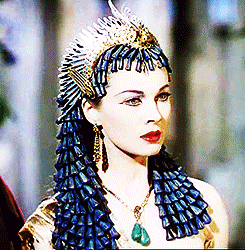
vivien leigh
History
Alexander Hamilton (1755?)
| Pictured on the US $10 bill, Hamilton was an American Founding Father and the first secretary of the treasury. Differences between Hamilton and Thomas Jefferson led to the rise of political parties, with Hamilton heading the Federalist Party and Madison and Jefferson leading the Democratic-Republican Party. In 1804, Aaron Burr challenged Hamilton to a duel, and though Hamilton opposed the practice and had even lost a son in a duel, he agreed and was mortally wounded. |
Twinkle, Twinkle Binary Star to Emerge Our Night Sky in Five Years
| In 2022, a new, temporary star of sorts could be added to the night sky. A group of astronomers has predicted that, five years from now, two faraway binary stars currently orbiting each other will collide, creating an explosion so bright that it will be visible to |

Binary bump: How a new 'star' could appear in our night sky in five years
1569 - England's first state lottery was held.
1770 - The first shipment of rhubarb was sent to the United States from London.
1878 - In New York, milk was delivered in glass bottles for the first time by Alexander Campbell.
1902 - "Popular Mechanics" magazine was published for the first time.
1913 - The first sedan-type car was unveiled at the National Automobile Show in New York City. The car was manufactured by the Hudson Motor Company.
1922 - At Toronto General Hospital, Leonard Thompson became the first person to be successfully treated with insulin.
1928 - "Ol’ Man River" was recorded by Paul Whiteman and his orchestra. Bing Crosby was the song’s featured vocalist. The song is from the Broadway musical, "Showboat".
1958 - "Sea Hunt" debuted on CBS-TV. The show was aired on the network for four years.
1963 - The Whiskey-a-Go-G0 nightclub opened in Los Angeles, CA. It is recognized as the first disco in the U.S.
1964 - U.S. Surgeon General Luther Terry released a report that said that smoking cigarettes was a definite health hazard.
1964 - "Ring of Fire" by Johnny Cash became the first country album to top the U.S. pop album chart.
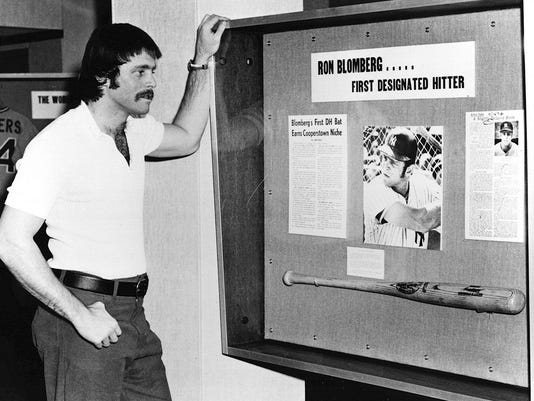
1973 - Owners of American League baseball teams voted to adopt the designated-hitter rule on a trial basis
1980 - Nigel Short, age 14, from Bolton in Britain, became the youngest International Master in the history of chess.
1991 - An auction of silver and paintings that had been acquired by the late Ferdinand Marcos and his wife, Imelda, brought in a total of $20.29 million at Christie's in New York.

DAILY SQU-EEK


READER'S INFO
1.

About
2.
Mardi Gras New Orleans
Jan 6 - Feb 28, 2017 | New Orleans, LA
Location
Throughout the French Quarter and Other New Orleans Neighborhoods| New Orleans, LA
About This Festival
Mardi Gras New Orleans is the city’s defining festival – stretching from the Twelfth Night through Fat Tuesday, it feels like more of a season than an event, with the most visitors coming over the extended weekend before its culmination. Mardi Gras offers a diverse lineup of cultural celebrations, uninhibited interactions and family-friendly parades for all to enjoy (in case you’re not into the outright raucous revelry). Music fills the streets 24 hours a day as local artists play on street corners and big-name performers fill stages throughout the city. Parades range from family friendly to decidedly adult in nature, and many events can be quite exclusive. Each event brings a different element of entertainment to the landscape of the gigantic carnival atmosphere, so grab your beads and get ready to celebrate at one of the world’s grandest festivals.
3.
This is why you should make time to be creative everyday, according to science
by Cameron Glover
Many of our New Year’s Resolutions revolve around being healthier or finding love, but what about making time for creativity? And science agrees that we should be creative everyday — so there’s even more reason to stop putting off that creative hobby of yours! Sure, there are plenty of us who make a living within creative fields — writing, drawing, or making entertainment for others — but even if we work outside of a creative field, we can still use more conscious creativity in our lives.
In a New Zealand study published in The Journal of Positive Psychology, psychologists have found that those who engaged in creative activities on a daily basis experienced what they called an “upward spiral” of positivity in various aspects of their lives.

So that means more confidence, self-awareness, and a zest for life — all of this was increased just from making time to be creative everyday.
Researchers conducted the study by asking 658 volunteers to keep a diary everyday for 13 days straight, in which they documented any creativity they exercised that day and their overall mood.
As noted by Huffington Post, “Creativity was defined as coming up with new ideas, expressing oneself in an original way or spending time engaged in artistic pursuits.”

The best part is that this is more doable than you think.
You don’t need to devote long hours to get the same benefits — simply taking 30 minutes a day, at least, can reap you the same benefits as those who participated in the study. Beyond the joy of creating something, being creative gives you a sense of purpose that can carry over to other parts of your life.
So what are you waiting for? Bring out that journal, musical instrument, or coloring book and get to creating!

They strive to make all of the world’s art accessible to anyone online.
thanks. sheri

Pictures of the day
Alexander Hamilton (1755 or 1757 – 1804) was an American statesman and one of the Founding Fathers of the United States. He was an influential interpreter and promoter of the U.S. Constitution, as well as the founder of the nation's financial system, the Federalist Party, the United States Coast Guard, and The New York Post newspaper. As the first Secretary of the Treasury, Hamilton was the main author of the economic policies of the George Washington administration.
Hamilton emphasized strong central government and successfully argued that the implied powers of the Constitution provided the legal authority to fund the national debt. In the early 19th century, Hamilton conducted legal and business activities in New York City, and was active in ending the international slave trade. He was killed during a duel with Vice President Aaron Burr, after the latter took umbrage at Hamilton's campaigning against him in the New York gubernatorial election.
The Floating Garden in Japan Where Flowers Move Skyward as you Approach
 Japanese art collective teamLab have created an incredible floating flower garden installation featuring over 2,300 living flowers in bloom. TeamLab adds: When a viewer gets close to this flower-filled space, the flowers close to the viewer rise upwards all at once, creating a hemispherical space with the viewer at its center.
Japanese art collective teamLab have created an incredible floating flower garden installation featuring over 2,300 living flowers in bloom. TeamLab adds: When a viewer gets close to this flower-filled space, the flowers close to the viewer rise upwards all at once, creating a hemispherical space with the viewer at its center.
knit
knit
thanks, ellen

Essential Stripes Knit Blanket
knit
BABY BUDDY INCHWORM PILLOW
dailyknitter

Length (after stuffing): about 29″ (73.5cm)
What You’ll Need
Yarn: Worsted weight
yarn, approximately 127 yards (116m); scrap yarn in assorted colors for eyes,
nose, I-cord striping
yarn, approximately 127 yards (116m); scrap yarn in assorted colors for eyes,
nose, I-cord striping
We used: Rowan All Seasons Cotton (60% cotton, 40% acrylic; 98 yards [90m] per 50g ball): #217 Lime Leaf (yarn A), 2 balls; #219 Duskand (yarn B), 1 ball; Rowan Handknit Cotton (100% cotton; 93 yards [85m] per 50g ball): #319 Mango Fool (yarn C), 1 ball; #215 Rosso (yarn D), 1 ball
Needles: US size 7 (4.5mm); US size 6 (4mm) double-pointed, set of 2
Notions: Stitch holder;
long sewing pins; tapestry needle; polyester fiberfill
long sewing pins; tapestry needle; polyester fiberfill
Gauge
16 stitches and
23 rows=4″ (10cm)
23 rows=4″ (10cm)
Make the Pillow (Make 2)
Cast on 16 stitches.
Row 1 (right side): Knit 1, knit
into front and back of next stitch, knit across to last 2 stitches, knit into front
and back loop, knit 1. (18 stitches)
into front and back of next stitch, knit across to last 2 stitches, knit into front
and back loop, knit 1. (18 stitches)
Row 2 (wrong side): Purl 1, make 1
purlwise, purl across to last stitch, make 1 purlwise, purl 1. (20 stitches)
purlwise, purl across to last stitch, make 1 purlwise, purl 1. (20 stitches)
Rows 3, 5, 7, and 9: Repeat row 1.
Rows 4, 6, 8, 10: Repeat row 2.
Row 11 (right side): Repeat row 1.
(38 stitches)
(38 stitches)
Row 12: Purl.
Row 13: Knit 1, knit into front and back loop, knit to last 2 stitches, knit into front and back
loop, knit 1. (40 stitches)
loop, knit 1. (40 stitches)
Rows 14-17: Repeat rows 12 and 13 twice more. (44 stitches)
Row 18: Purl.
Row 19: Knit.
Rows 20-23: Repeat rows 12 and 13 twice more. (48 stitches)
Row 24: Purl.
Row 25: Knit 1, knit into front and back of next stitch, knit 20, knit 2 together, turn work.
Continue to work on these 24 stitches only. Place remaining 24 stitches on stitch holder.
Continue to work on these 24 stitches only. Place remaining 24 stitches on stitch holder.
Row 26: Bind off 2 stitches, purl to end. (22 stitches on needle)
Row 27: Knit to last 2 stitches, knit 2 together. (21 stitches)
Row 28: Purl.
Row 29: Knit.
Row 30: Bind off 1 stitch, purl to end. (20 stitches)
thanks for the minions, jane

crochet
thanks, jill
crochet
thanks, bertha
crochet

CROCKPOT RECIPE
thanks, shelley
Sweet and Savory Pot Roast
serves 6

4 pounds beef chuck roast (or rump roast)
2 onions, peeled and sliced in rings
1/4 cup brown sugar
1/2 cup apple cider vinegar
1 cup ketchup
2 cups baby carrots (optional. don't like cooked carrots? it's ok to skip them!)
2 cups beef broth
The Directions.
Use a 6-quart slow cooker. Put the roast into the slow cooker. Sprinkle in the onion slices and add the sugar, vinegar, and ketchup. If you are a a fan of cooked carrots, add the baby carrots now and then pour in beef broth.
Cover, and cook on low for 6 to 8 hours, or until meat has reached desired tenderness.
If your meat isn't quite as tender as you'd like after 8 hours, take it out and cut it into a few chunks then put it back in the pot for an additional hour or so on high. Tough meat is a sign of UNDER cooking, not OVER cooking! :-)
Serve over mashed potatoes (or mashed cauliflower if you are fancy!).
serves 6

4 pounds beef chuck roast (or rump roast)
2 onions, peeled and sliced in rings
1/4 cup brown sugar
1/2 cup apple cider vinegar
1 cup ketchup
2 cups baby carrots (optional. don't like cooked carrots? it's ok to skip them!)
2 cups beef broth
The Directions.
Use a 6-quart slow cooker. Put the roast into the slow cooker. Sprinkle in the onion slices and add the sugar, vinegar, and ketchup. If you are a a fan of cooked carrots, add the baby carrots now and then pour in beef broth.
Cover, and cook on low for 6 to 8 hours, or until meat has reached desired tenderness.
If your meat isn't quite as tender as you'd like after 8 hours, take it out and cut it into a few chunks then put it back in the pot for an additional hour or so on high. Tough meat is a sign of UNDER cooking, not OVER cooking! :-)
Serve over mashed potatoes (or mashed cauliflower if you are fancy!).

SWEETS
Make Your own Graham Crackers
sparklypolliwog
Ingredients:
~makes 10 4x4.5" or 48 2' sq.
- 2 1/2 C + 2 tbs unbleached all purpose flour (can sub 1/2 C whole wheat flour)
- 1 C dark brown sugar, lightly packed
- 1 tsp baking soda
- 3/4 tsp kosher or sea salt
- 7 tbs unsalted butter cold and grated
- 1/3 C mild flavored honey like clover
- 5 tbs milk (full fat if have)
- 2 tbs pure vanilla extract
Get to Making:
Dough:
Combine the flour, brown sugar, baking soda, and salt into a food processor or electric mixer. Pulse or mix on low to blend then add butter until looks like coarse meal.
In separate bowl, whisk together honey, milk, and vanilla (wet ingredients), Add to flour mixture and mix on low until dough starts to form. *If its not moist enough and wont stick together like dough-then mix another proportionate ratio of wet ingredients and add to dough (I had too, maybe bc I used my hands?)Lay out saran wrap and dust with flour to add your dough in a 1' thick rectangle. Wrap and chill until firm ~2hrs
Rolling out the Dough:
Divide dough in half and roll out onto flour surface into a long rectangle ~1/8 thick. Trim edges
Now cut your dough using a pastry cutter or I used a pizza cutter to cut desired size. Traditional cut is 4 1/2", but I just went with the flow. Poke each cracker half way through with end of wooden skewer or toothpick.
Place onto non stick baking sheet or parchment paper and sprinkle with mixed topping.
Bake for 15-25 minutes on 350* or until brown and slightly firm.
They wont be hard when you first take them out like a traditional cracker, so DON'T over cook!

ADULT COLORING
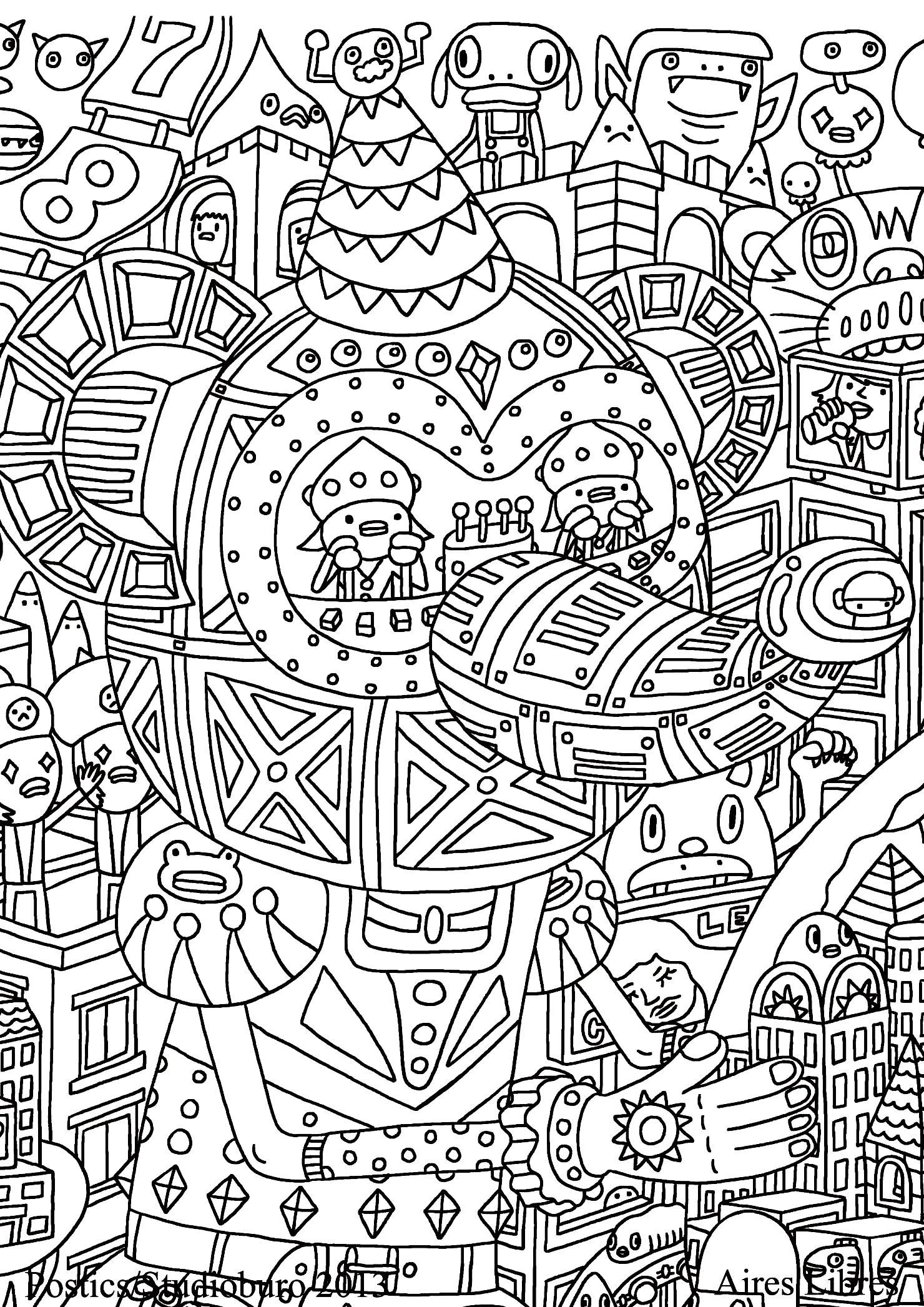
Funny Doodle Art

CRAFTS

CHILDREN'S CORNER ... crafting


PUZZLE
Vulture Head Jigsaw Puzzle

CLEVER
KNITTING WORD SEARCH PUZZLES
Knitting The Natural Way

EYE OPENER
thanks, susie, west coast correspondant
THE SCIENCE BEHIND SENIOR MOMENTS
ozy
WHY YOU SHOULD CARE
Because for the elderly, drawing a blank might stem not from a lack of information but an information overload.
Let’s say you’ve met an attractive stranger at a wedding. As he starts talking about his job as a patent attorney, you overhear another guest chatting about her trip to Bermuda and someone else consoling a recent divorcé. The next morning, you gush about the cute guest to your girlfriends. “So, what does he do for a living?” they ask.
If you’re younger than 60, you’ll probably answer “patent law” immediately; over 60, and you’ll struggle to muster a response. While plenty of studies would blame our memory’s tendency to dwindle with age, leaving behind a yawning abyss, a recent study led by Georgia Institute of Technology researchers offers a less dismal explanation. Rather than drawing a complete blank, older adults’ brains store not only important information but also irrelevant details. The findings suggest they spend more time stitching together an entire memory — including snippets of background conversation, for instance — which makes them more hesitant as they try to recall important information. Which is to say:
SENIOR MOMENTS STEM FROM INFORMATION LOAD — NOT LACK OF INFORMATION.
Past studies have shown that older adults have a harder time filtering irrelevant clutter and focusing on the situation at hand, but we still don’t really know how that distraction affects their memory. To find out, the study authors recruited a group of college-age students and adults over 60, and hooked them up to an EEG machine, which measured their brain activity. First, a screen displayed a series of images of everyday objects (like a chair or stop sign), each flanked by a color and a scene. The participants then responded to a question about whether the object was likely to be found in the displayed color, or as part of the displayed scene. They received instructions to focus only on the context cue — the color or the scene — specified in the question.

An hour later, the screen displayed another series of objects, again flanked by a color and a scene. The participants specified whether or not they had seen the object in the earlier trial. If they did, the screen asked whether it was accompanied by the same color or scene as before. Participants responded on a scale of 1 to 4, ranging from “certain match” to “certain mismatch,” to measure their confidence in their memories. Throughout the study, the researchers recorded the participants’ response times.
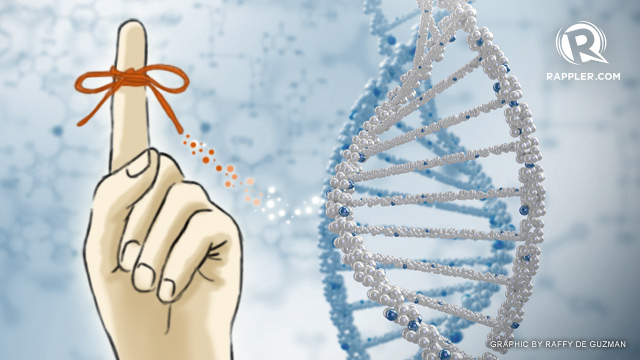
Both young and old participants accurately recalled far more object-color or object-scene associations for the objects they were told to pay attention to — aka attended objects — than for those they were told to ignore (unattended objects). But they differed in how confidently they responded. Younger adults had high confidence in associations for both attended and unattended objects. In contrast, older adults had low confidence recalling the associations for both classes of objects. They also spent more time piecing together information as they tried to recall the associations, suggesting “an additional search process” as they traveled back in time to reconstruct the memory, says Taylor James of Georgia Tech, the study’s lead author. Older adults also had higher brain activity as they tried to retrieve these memories. “We think of older adults as remembering less, but in fact older adults might remember more in situations where they’re distracted,” says Audrey Duarte, an associate professor of psychology at Georgia Tech, “but not necessarily the critical information.” That might be partly because the prefrontal cortex — the brain region important for attention and decision-making — shrinks with age. So do the numbers of neurons that release a class of neurotransmitters that includes dopamine, also crucial in attention.

To be sure, the new study only approximates what happens in the real world. Asking whether an object is likely to be a certain color relies on a “brain area concerned with processing who or what in an event as opposed to the context — where, when or how,” says Charan Ranganath, a professor of psychology at the University of California, Davis. “They could have maybe asked about a situation you could see this in … like would you find this in an auction?” And although the study presented only visual cues, real-world events include a richer array of sensory information. Duarte says her team might include auditory cues in follow-up work.

Still, “that doesn’t detract from their big point,” Ranganath says. Amid popular portrayals of “senior moments” as omens for an inevitable spiral toward cognitive decline, the new study offers a more nuanced portrait of aging. “We need to start thinking about aging not just as this process that your brain is deteriorating, but that aging comes with some costs and benefits.”
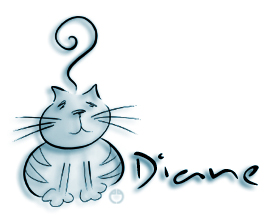



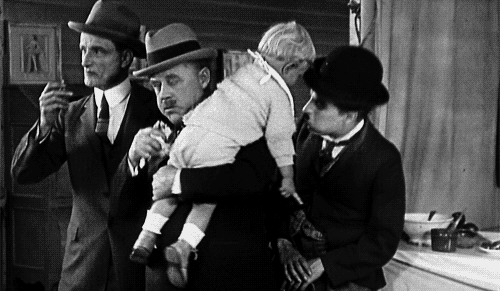







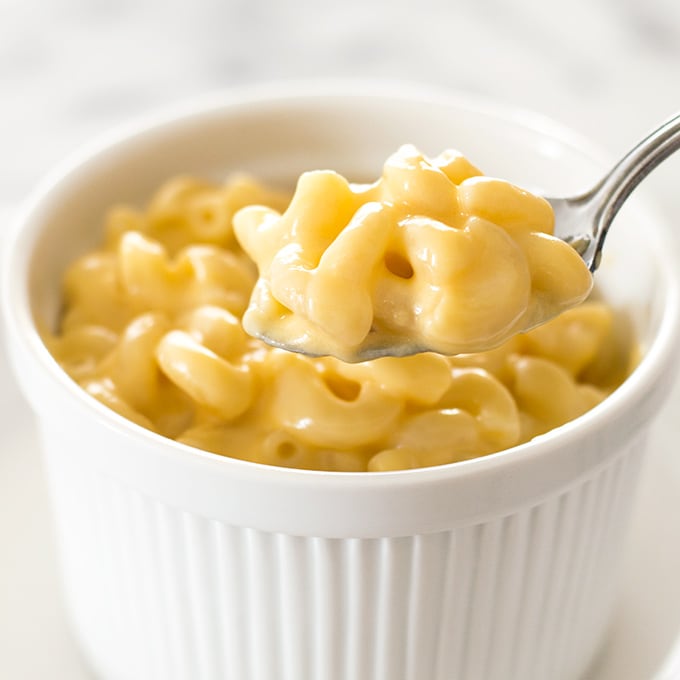

No comments:
Post a Comment